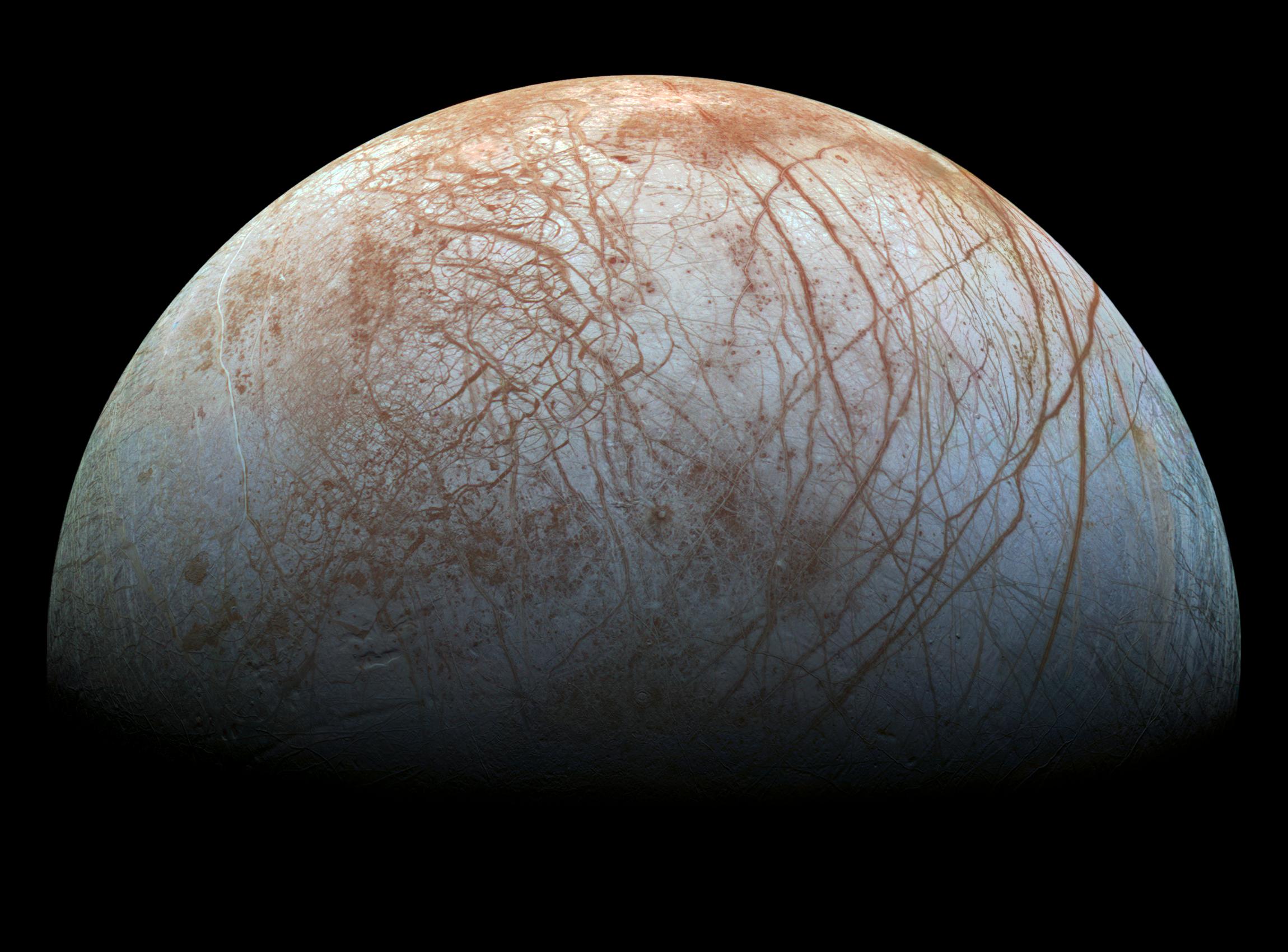Seeking life beyond Earth: Swarm of tiny robots could enhance search for life on ocean worlds

The question of whether we are alone in the universe remains one of the most intriguing and profound inquiries in the field of science. NASA and other space agencies are actively engaged in missions and research to search for signs of life beyond Earth. For instance, NASA's proposed SWIM (short for, Sensing with Independent Micro-swimmers) mission concept aims to enhance the search for life on ocean worlds beyond Earth, with a particular focus on Enceladus, Europa, and Titan.
These distant celestial bodies harbour liquid oceans concealed beneath kilometres of icy crust, making them prime candidates for hosting extraterrestrial life. Recognizing the potential significance of these ocean worlds, NASA is spearheading the development and refinement of various ocean-access mission concepts, including the Scientific Exploration Subsurface Access Mechanism for Europa (SESAME) class of thermo-mechanical drilling robots.
SWIM, a concept in development at NASA’s Jet Propulsion Laboratory, will dramatically expand the capabilities of SESAME and significantly increase their likelihood of detecting signs of habitability, biomarkers, and potentially even life itself within these enigmatic alien ocean worlds.
The SWIM system comprises numerous 3D-printed swimming micro-robots, known as micro-swimmers, each measuring a mere 100 cm³. These tiny marvels are equipped with MEMS sensors, miniature actuators for propulsion, and the ability to wirelessly communicate using ultrasound waves. Deployed individually or in swarms from a single SESAME robot mothercraft, which has limited mobility after reaching and anchoring at the ocean-ice interface, the micro-swimmers exponentially expand the capabilities of their parent craft.
The primary function of SWIM is to enable active sampling of the ocean water beyond the range of the SESAME robot, thereby increasing the chances of detecting biomarkers - potential indicators of life. Additionally, the micro-swimmers enable scientists to gather temporally- and spatially-distributed measurements of key ocean properties, habitability metrics, and potential biomarkers. These tasks would be unfeasible for a single robot but become achievable with the collaborative efforts of the micro-swimmers. By employing this collective intelligence, scientists can gain a more comprehensive understanding of the composition and habitability of these alien oceans.
While the SWIM mission concept is still in its early stages of development, the vision it presents aligns perfectly with the next phase of space exploration - unravelling the secrets hidden within the depths of ocean worlds.
The next decades of space exploration promise to be a thrilling era, as humanity delves deeper into the vast cosmic ocean in search of answers that could reshape our understanding of life, the universe, and our place within it.
Are we alone in the universe? Our SWIM mission concept could help us look for life on alien ocean worlds. Thirsty for more? Dive in ➡ https://t.co/HRgC34efzc pic.twitter.com/vqlHVlheRu
— NASA Technology (@NASA_Technology) June 23, 2023
- READ MORE ON:
- aliens
- extraterrestrial life
- NASA SWIM mission
- Swarm of tiny robots










